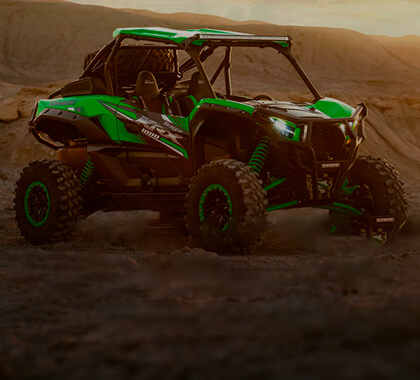What to Consider When Buying Communication Receivers for Kawasaki Ridge
Check the Signal Range
These checks often go overlooked despite their importance. Verify the sensitivity and frequency range of the receivers. This way, you can ascertain if your team members can pick up specific signals while riding around. Also, check if signals are expansive, clear, and not constantly being interfered with.
Durability and Construction
Go for receivers with durable construction and rugged design features to withstand the challenges of off-road riding. Ensure they are made from high-quality materials and covered with weatherproofing materials to protect against the elements. Thankfully, most of the receivers on this page are designed to withstand shocks and vibrations associated with aggressive off-road riding.
Noise Cancellation and Clarity
Choose receivers equipped with noise-canceling technology and electronic noise filters to reduce background noise and ensure clear communication even in noisy environments. Check if built-in microphones and speakers are clear and loud enough.
Compatibility and Integration
Prioritize compatibility with your existing communication devices and accessories when choosing a receiver. Look for receivers with versatile connectivity options, such as auxiliary input ports or wireless compatibility with helmet-mounted communication systems. Confirm if mobile device connectivity is allowed via USB and Bluetooth. In addition, consider receivers that integrate mounting points or brackets for easy installation on your Kawasaki Ridge.
Additional features
Features define the overall use quality of most receivers, and it is the more the merrier in most cases. The most important features you can look out for are the presence of a weather band to hear weather forecasts and satellite radio to get important news on the go, plus the available audio format compatibility options.






